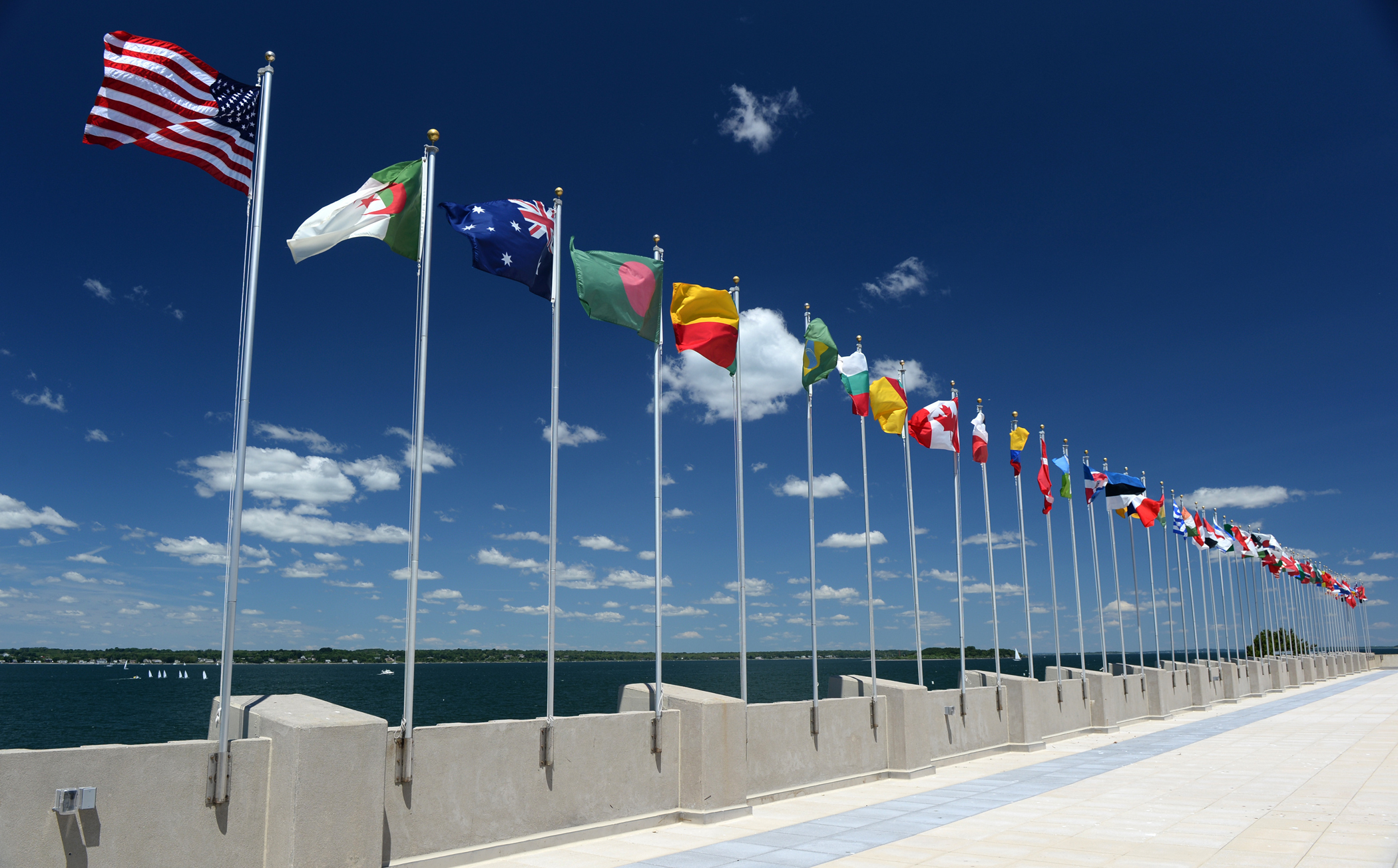
Following Friday’s deadly shooting at Naval Air Station Pensacola, Fla., the Pentagon and State Department are facing questions about bringing foreign military members to train in the U.S. as part of a multi-billion dollar foreign arms sales program.
The gunman, Royal Saudi Air Force 2nd Lt. Ahmed Mohammed Alshamrani, was attending flight school at NAS Pensacola. Three sailors were killed and others were injured Friday at NAS Pensacola; Alshamrani was also killed in the incident.
Citing concerns about the gunman’s background, several of Florida’s elected officials called for tighter screening of thousands of members of foreign militaries who train in the U.S. A tweet from Sen. Marco Rubio (R-Fla.) posted Sunday was indicative of the sentiment expressed by many lawmakers.
“Investigators worked through the night here in #Pensacola. It’s important we learn how & why this attack happened so we can fix any shortcomings in our vetting of foreign military trainees. Because this is an important program for NAS Pensacola & America,” Rubio wrote.
Rubio’s tweet hints at the significance of the training program, which is a long-standing part of U.S. foreign policy and military planning. The training is also an integral component of U.S. arms sales to foreign militaries, according to the State Department. In Fiscal Year 2019, the Defense Security Cooperation Agency announced foreign arms sales worth $55.4 billion.
These sales include ammunition, small arms, vehicles, sophisticated missiles, ships and aircraft. Often, training is included in the sales deal, so foreign militaries can operate the system purchased.
The Saudi gunman was one of more than 5,100 members of foreign militaries, representing 153 countries, currently attending flight training, combat weapons systems training, infantry training, professional development courses for officers, or are students at the U.S. military’s undergraduate and graduate-level colleges, according to the State Department.
The F-35 program provides an example of the reach of international training. Currently, pilots and maintainers from Australia, Norway, Italy, the Netherlands, Japan and Israel are at various stages of their F-35 Lightning II fighter training in Arizona at Luke Air Force Base, according to Lockheed Martin.
Navy officials have not released details about al-Shamrani’s training in Pensacola. However, Saudi Arabia regularly sends military members to train in the U.S. In 2017, Saudi Arabia signed two training agreements with the Pentagon worth a total of $1 billion.
“The Government of Saudi Arabia requested a possible sale of continued blanket order training program inside and outside of the Kingdom of Saudi Arabia that includes, but is not limited to, flight training, technical training, professional military education, specialized training, mobile training teams (MTTs), and English language training,” according to the $750-million flight training request from June 2017.
Saudi Arabia signed a similar agreement for naval training, worth $250 million, in May 2017.
The National Defense Strategy, released in 2018, places a premium on the U.S. military’s ability to work with allied and partner nations, and to train members of the military from various countries.
“Interoperability is a priority for operational concepts, modular force elements, communications, information sharing, and equipment. In consultation with Congress and the Department of State, the Department of Defense will prioritize requests for U.S. military equipment sales, accelerating foreign partner modernization and ability to integrate with U.S. forces. We will train to high-end combat missions in our alliance, bilateral, and multinational exercises,” the NDS states.

The Navy’s guidance to the fleet also highlights the importance of building alliances and partnerships with foreign militaries. Days before the shooting, Chief of Naval Operations Adm. Mike Gilday released a Fragmentary Order updating Navy’s plan for maritime superiority.
“Operating and exercising together with allies and partners, our fleet commanders will focus on full interoperability at the high end of naval warfare. We will build on existing maritime intelligence and logistics partnerships with allied nations, and expand relationships with partner nations to broaden and strengthen global maritime awareness and access,” Gilday wrote.
The practice of exercising with other navies is partly why French naval aviators successfully conducted carrier qualifications on USS George H.W. Bush (CVN-77) during spring 2018. France sent naval aviators and maintainers to qualify aboard Bush so they would be ready for when the French carrier FS Charles de Gaulle (R91) finished a nearly two-year maintenance period later in the year.
“What’s nice is we have a common baseline in that their pilots go to U.S. flight school. The Rafale and E-2 pilots start their training here in the United States and continue their training in France,” U.S. Capt. Jim McCall, the commander of Carrier Air Wing 8, told USNI News in April 2018. “So, what we’ve done here is fully integrated here into our air wings.”





